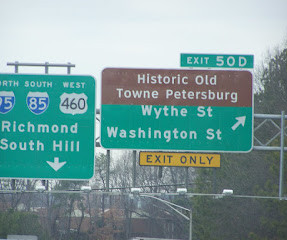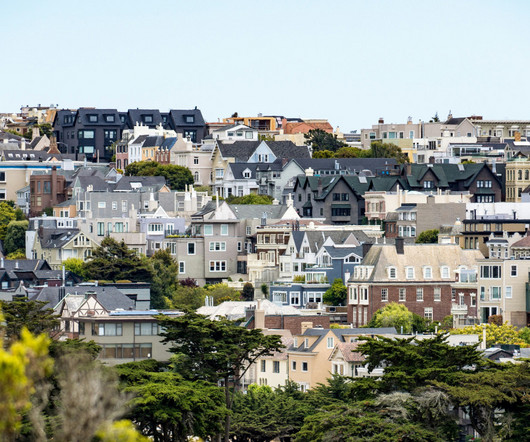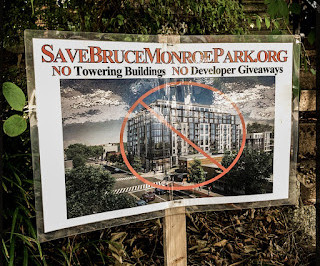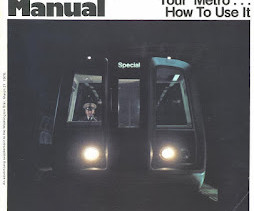Eastern Market DC's 150th anniversary last weekend | And my never realized master plan for the market
Rebuilding Place in Urban Space
NOVEMBER 14, 2023
In 2005, I served on the advisory committee for the International Public Markets Conference which covered both DC and Baltimore that year, led a tour, etc. I first proposed to the city creating TMDs in 2005/2006. I participated in a workshop on the plaza led by Project for Public Spaces and Scenic America in 2004 ( write up ).











Let's personalize your content